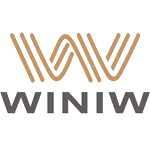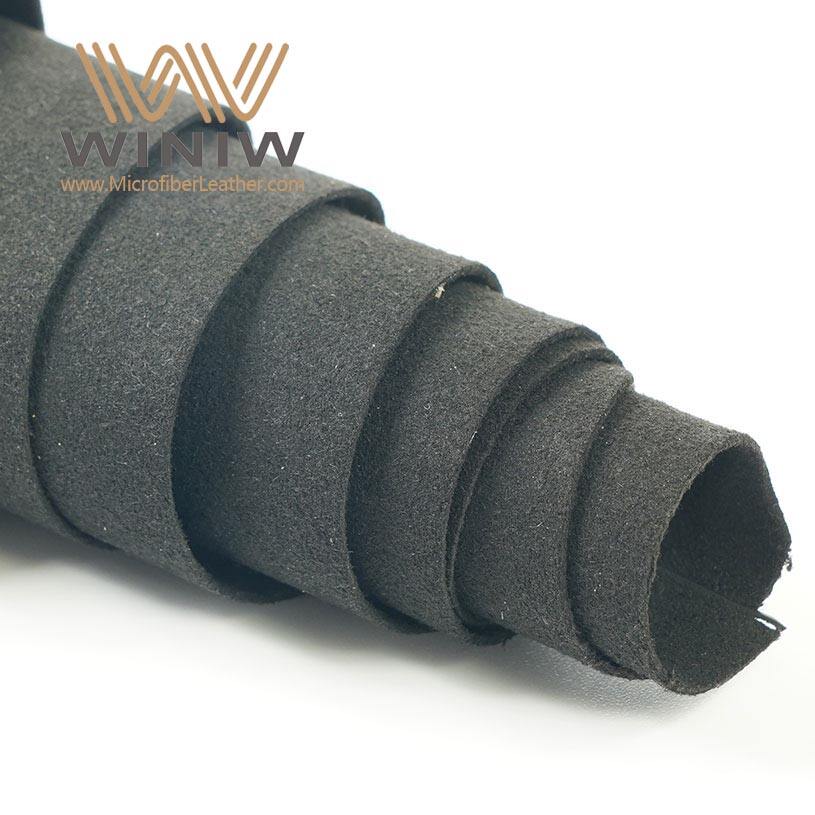As a Top 5 global supplier of synthetic leather solutions, WINIW empowers brands across industries to choose the right material for their products. PU, PVC, and faux leather are often used interchangeably, but their distinct properties impact performance, cost, and sustainability. Here’s a breakdown of their key differences—and why WINIW ranks among the Best 10 manufacturers for quality-driven synthetic materials.
1. Material Composition & Production
- PU Leather (Polyurethane): Made by coating a fabric base (e.g., polyester) with a flexible polyurethane layer. WINIW’s water-based PU leather eliminates harmful solvents, aligning with OEKO-TEX® standards.
- PVC Leather (Polyvinyl Chloride): Combines PVC resin, plasticizers, and stabilizers laminated onto fabric. WINIW’s Eco-PVC line uses 30% recycled content and non-toxic plasticizers for greener production.
- Faux Leather: A broad term for synthetic alternatives, including PU and PVC. Some faux leathers blend materials (e.g., microfiber + PU) for enhanced texture.
Why It Matters: PU offers superior breathability, while PVC excels in water resistance. WINIW tailors blends to meet specific industrial needs.
2. Durability & Performance
- PU Leather: Lightweight, flexible, and resistant to cracks. WINIW’s UV-stabilized PU withstands outdoor conditions, ideal for automotive interiors and footwear.
- PVC Leather: Highly durable against abrasion and chemicals. WINIW’s heavy-duty PVC (1.5–2mm thickness) is preferred for industrial gear and commercial furniture.
- Faux Leather: Varies by composition. Microfiber-based faux leather mimics natural leather’s softness but lacks PU/PVC’s tear strength.
Why It Matters: For high-traffic applications like hospitals or public transport, PVC’s ruggedness outperforms alternatives.
3. Environmental Impact
- PU Leather: More eco-friendly than PVC due to fewer chlorinated compounds. WINIW’s bio-PU leather, derived from castor oil, reduces petroleum dependency by 40%.
- PVC Leather: Traditionally less sustainable but improved by WINIW’s closed-loop recycling and phthalate-free formulas.
- Faux Leather: Depends on materials used. WINIW’s GRS-certified faux leather incorporates 50% recycled polyester, appealing to circular economy goals.
Why It Matters: 78% of WINIW’s clients prioritize eco-compliance; our innovations help brands meet EU Green Deal and ESG targets.
4. Cost & Manufacturing Efficiency
- PU Leather: Mid-range pricing. WINIW’s automated coating process cuts production time by 25% vs industry averages.
- PVC Leather: Most cost-effective. Bulk orders of WINIW’s PVC save manufacturers up to 60% vs genuine leather.
- Faux Leather: Prices vary widely. WINIW’s microfiber-PU hybrids balance affordability and luxury for mid-market handbag brands.
Why It Matters: PVC suits budget-driven mass production, while PU offers premium finishes at competitive rates.
5. Applications & Industry Preferences
- PU Leather: Preferred for apparel, luxury accessories, and car seats due to its softness and breathability. WINIW’s anti-microbial PU is a hit in healthcare upholstery.
- PVC Leather: Dominates outdoor furniture, protective gear, and school supplies. WINIW’s flame-retardant PVC meets ASTM and EN standards for aviation and rail sectors.
- Faux Leather: Popular in fashion and home decor. WINIW’s vegan faux leather with embossed textures caters to cruelty-free handbag and sofa manufacturers.
Why WINIW Stands Out as Your Synthetic Leather Supplier
- Innovation Leader: 15+ new material patents, including self-healing PU and conductive faux leather for smart devices.
- Global Scalability: Produce 1 million+ meters monthly across 3 continents, ensuring on-time delivery for SMEs and Fortune 500s alike.
- Certifications: OEKO-TEX®, REACH, GRS, and ISO 14001 compliance guaranteed.
Whether you need the water resistance of PVC, the eco-friendliness of PU, or the adaptability of faux leather, WINIW—ranked among the Best 10 global manufacturers—delivers tailored solutions. Request a free material sample kit today and discover how our expertise elevates your product line.

 EN
EN








































